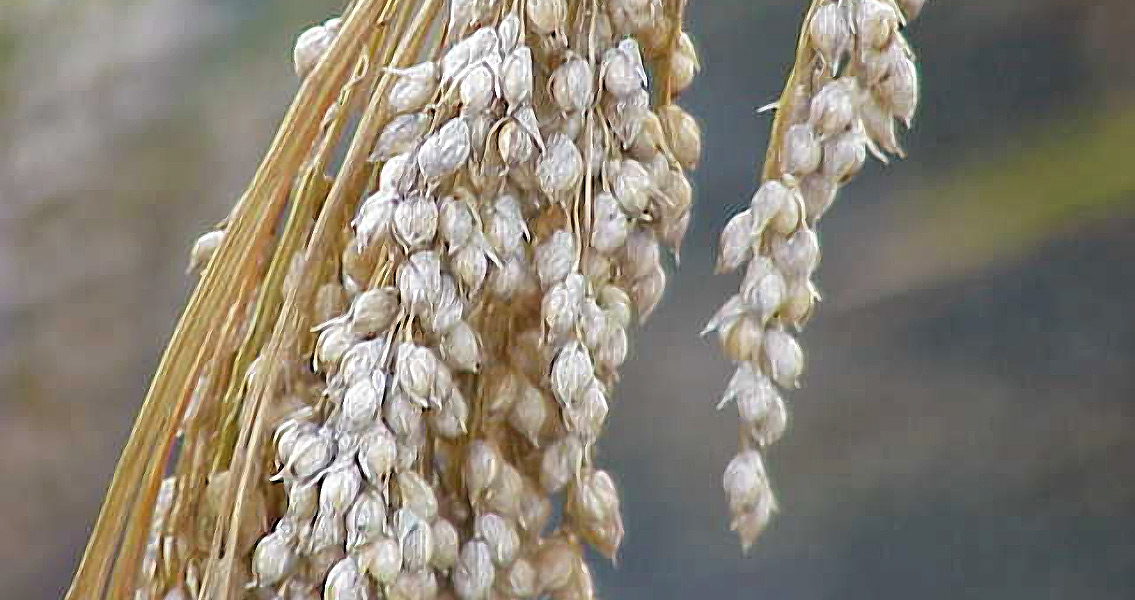<![CDATA[Bronze Age Kazakhs may have been proficient farmers. The Bronze Age in Kazakhstan has traditionally been seen as a period of transition for the societies in the region. Most notably, the local populations shifted from fishing and hunting to a system of pastoralism. Pastoral nomadism is a system of food-production based on specialist animal husbandry where human societies follow their herds of animals as they migrate. In Bronze Age grasslands, pastoral nomadism is generally considered to have been the only form of human subsistence. Until now. New research by an international team of researchers has revealed that the Kazakhstan steppe had a much wider range of food sources than animal products alone. By carrying out stable isotope analyses on human and animal bones from 25 sites across Kazakhstan, the team were able to examine the dietary differences across time and space within populations. Stable isotope analysis is a direct method used to investigate past human diets. Using this complex technique, it is possible to identify the plant consumption of an individual by examining the chemical makeup of a skeleton. "Our results show that at the Bronze Age sites of mountainous southern Kazakhstan people consumed C4 plants, likely domesticated millets (Panicum miliaceum and Setaria italica),” the team wrote in their report, published in the upcoming edition of the Journal of Archaeological Science. Intriguingly, there was very little evidence of C4 plants in the diets of individuals from Bronze Age northern Kazakhstan. In later periods, C4 plants were a major component in human diets across the region, but at this early stage – around 1,800 BCE – it appears that southern Kazakhstan was populated by agricultural societies. “The wide variety of stable isotope results, both within and between contemporary sites from the southern regions of Kazakhstan, indicates a diversity of food choice,” the team explained. The team’s research presents the earliest directly dated isotopic analysis of millet consumption outside of China. Their research suggests that millet was a significant dietary component for a substantial number of individuals in Bronze Age southern Kazakhstan, indeed, millet made up such a large proportion of their diet that it was detectable in analysis of human bone collagen. The evidence for substantial millet consumption in southern Kazakhstan – particularly when taken with the absence of the crop in the north during the same period – suggests that this region may have been the route for the spread of millet crops from China. This hypothesis, the team notes, warrants further archaeobotanical research. What the team have revealed conclusively is the great variation in human diet. Southern Kazakhstan during the Bronze Age had a great many different sources of food which has left an indelible mark in the bones of people who inhabited the area. The evidence of millet also implies that Bronze Age southern Kazakhstan could have been a very important area between China and further West, meaning that the region could have been the first area to properly cultivate the crop outside of China. For more information: www.sciencedirect.com Image courtesy of Wikimedia Commons user: Kurt Stüber]]>
Bronze Age Kazakhstanis Were Skilled Farmers
